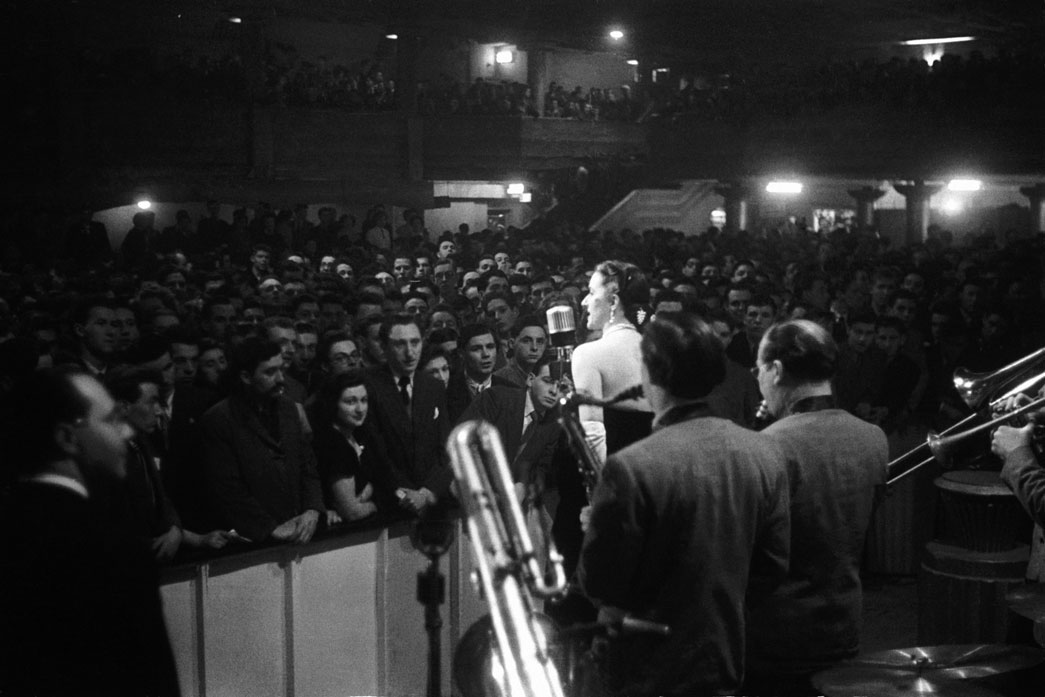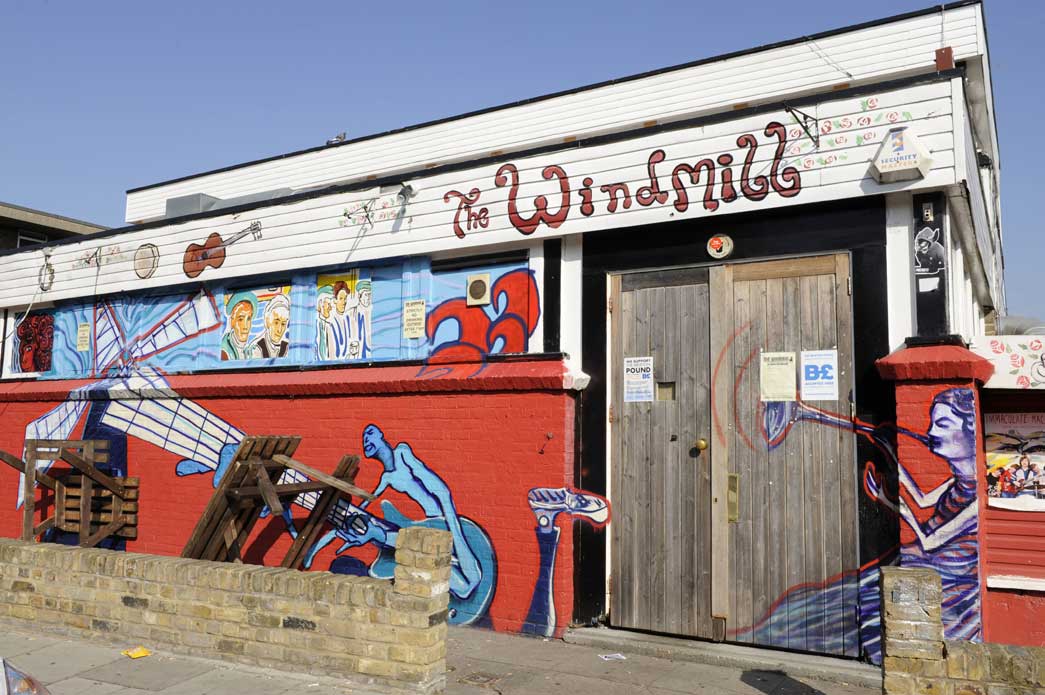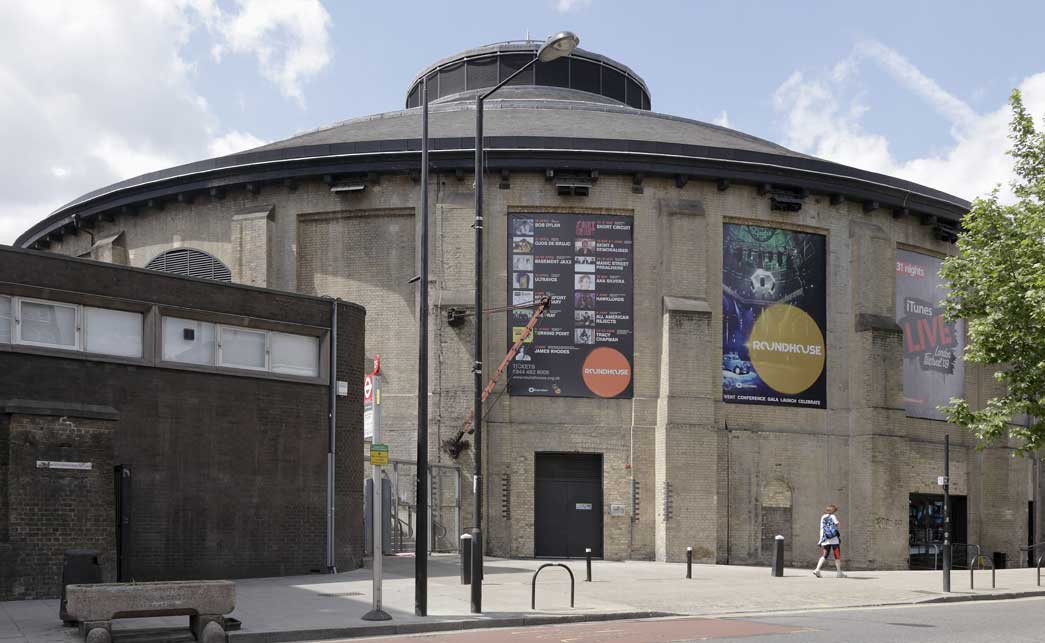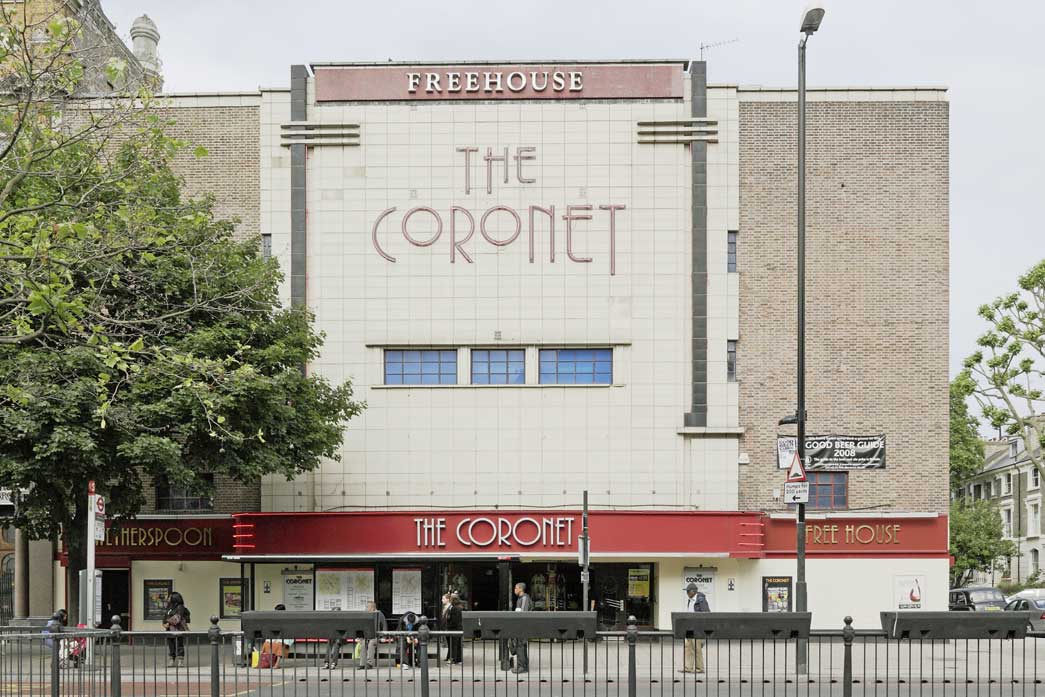What makes a successful city? Good housing provision, a strong economy, reliable public transport, efficient health system – all are important. But what about a vibrant nightlife? As part of our City Now City Future series, journalist James Drury asks if London can keep partying through the 21st century.
Explore a London punk rock masterpiece at The Clash: London Calling, a free display at the Museum of London from 15 November 2019.
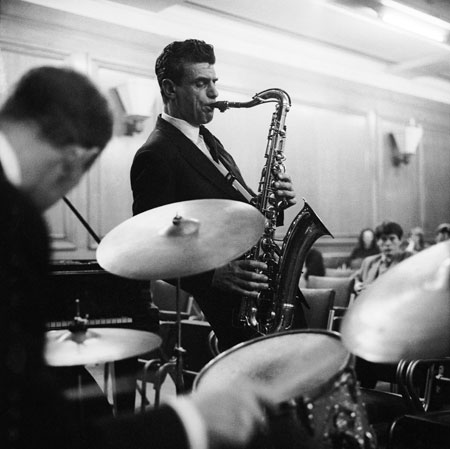
Modern Jazz Band playing at the Regent Street Polytechnic, 1962
© Henry Grant Collection/Museum of London
London has long catered for the entertainment needs of its population. From the 1930s, when places such as the Caravan Club in Soho were a hideaway for the LGBT community, through the 'swinging sixties', to when nightclubs such as The End, Four Aces, Plastic People or Bagley’s were homes for underground music that would later go on to dominate the charts.
Now, London is Europe’s music capital. Data from Songkick, published by IQ magazine, shows that in 2016 there were 19,940 live music events in London – more than San Francisco (13,672), Paris (11,248) and Chicago (11,224), and more than the self-described ‘live music capital of the world’, Austin, Texas (6,781).
The World’s 50 Best Bars awards puts four of the top 10 in London – indeed the best bar in the world (The American at the Savoy) is here. And the pubs, bars and restaurants are responsible for almost 100,000 jobs
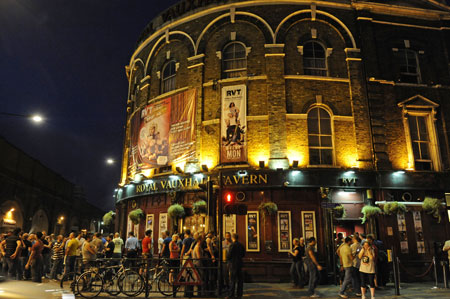
Royal Vauxhall Tavern; 2009
The Royal Vauxhall Tavern was built in 1863 on the site of Vauxhall Pleasure Gardens, once the biggest outdoor entertainment space in Britain. The Tavern continued to host raucous nightlife, from 19th century music hall acts to modern day club nights.
But this apparently rosy picture is under threat. London’s exploding property prices are piling pressure on this vital part of our city life. The Mayor of London’s figures show the capital has lost 40% of its live music venues since 2007 and over half the nightclubs have closed.
Under particular threat are the grassroots music venues, the vital pipeline for the UK’s globally-hailed music industry. In the last 10 years, 35% of these crucial spaces have shut.
As more housing is built to accommodate the growing city, nightclubs and venues are threatened with losing their licences over noise complaints. Ministry of Sound has been in long running disputes with numerous developers seeking to build flats near its Elephant and Castle site. The futures of venues such as The Bussey Building and The Troubadour looked dicey for a while due to plans for development, although they are secure for now.
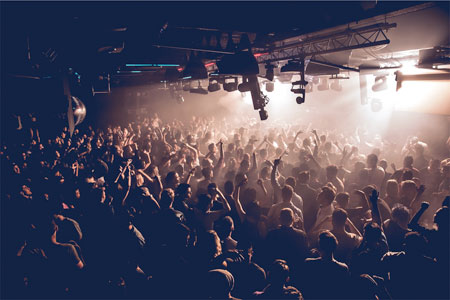
The Ministry of Sound, 2016
The Box, main room. Creative Commons CC BY-SA.
Time is being called on pubs in London: they’re closing at a rate of 81 a year, according to the Mayor of London. As property prices rise across the city, the temptation to realise the value of the land underneath the pubs is becoming too much for some owners. The cost of rents is putting paid to others.
Everyone has the right to a good night’s sleep, and the needs of residents are just as important as the nightlife businesses near them. Striking an appropriate balance is the key to unlocking all the benefits of a healthy night time economy.
But this isn’t just about going out and having a good time. London’s nightlife is vital for its economy and position in the world.
Research by EY shows the night time economy supports 723,000 jobs – one in eight in London. Projections expect this will deliver an additional £1.63billion a year to the economy by 2026, and by £2 billion a year by the end of that decade as another 66,000 jobs are added.
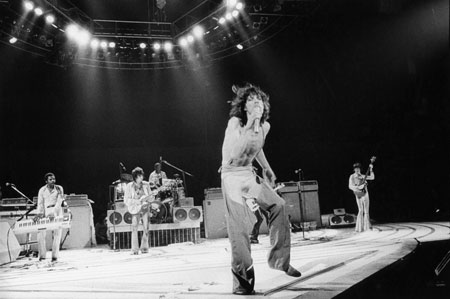
The Rolling Stones live at Earls Court, 1974
Roger Perry.
In 2016, the 3.6 million tourists attending music events in the capital generated a billion pounds for the economy, according to UK Music. Thriving and exciting live music, nightclub, and bar and pub scenes help London to attract and retain the best talent. For many people, it’s the culture that made them want to work here, and it’s what keeps them from going to New York, Paris or Berlin instead.
Before the Brexit vote in June 2016, many European cities were already challenging London with their progressive night-time economy policies. With the UK’s departure from the European Union on the horizon, these cities are ramping up their activities to lure people away from London – whether for the weekend or for work.
The entertainment sector is an important part of not just the capital’s economy, but its cultural power too. How do we ensure it grows in a sustainable way for everyone?
Things are off to a good start. The appointments of Night Czar Amy Lamé and Philip Kolvin QC as chair of the Night Time Commission have shone a light on nightlife. The two are generating debate around what kind of nightlife we want in London.
Plans to protect nightclubs and music venues against noise complaints from people who move into new homes built nearby are making progress. The Agent of Change principle, which puts the onus on developers and new residents moving near to existing music spaces, is set to be included in the next London Plan. Since the Rescue Plan for London’s Grassroots Music Venues launched in 2015, the rate of closure of live music venues has levelled-off. Fewer closed in 2016 than at any time since 2007.
Elsewhere, the borough of Wandsworth has used planning regulations to remove permitted development rights for 120 of its 177 pubs, meaning they can no longer be converted into mini-supermarkets, estate agents, homes or shops without the need for planning permission.
But there’s more to be done. In order for our nightlife to thrive in the decades to come – with all the benefits a 24-hour city brings – we need to plan for the night as we plan for daytime activity. This means rather than being an after-thought, the needs of night-time businesses should be considered by local authorities in all their strategies.
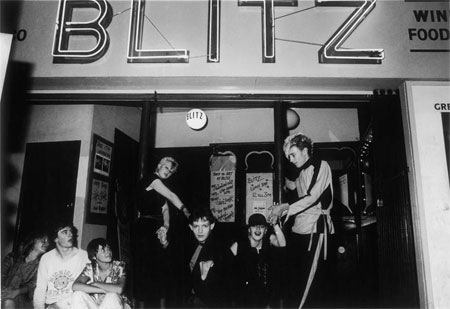
Outside the Blitz club, Covent Garden, 1981
Dick-Scott Stewart. The Blitz Club is widely regarded as being the birth place of the New Romantics in the early 1980s and those who frequented it were known as 'Blitz Kids'.
In Berlin, the Creative Footprint initiative advocates for the protection of creative spaces by collecting data to calculate their impact on, and value to a city. The findings help decision makers at local authority level make informed choices.
In Amsterdam, an initiative on city centre hotspot Rembrandtplein, devised by the Night Mayor Mirik Milan, aims to improve harmony between the nightclubs, clubbers and local residents.
The city's nightclubs have increased their opening hours, to prevent a mass of people spilling onto the street at the same time. But the programme also includes funding for 20 ‘Hosts’ who patrol the area, chatting to clubbers and dealing with potential anti-social behaviour and noise. As a result, nuisance reports are down 30%, and reports of violence are down 25%.
It’s by planning for the night-time, rather than just being reactive when there’s a problem, that we enable our cities to be truly 24-hour. That means licensing, regeneration, community safety, cultural bodies and health services need to work together, to ensure everyone feels the benefits of extending opening hours, and that residents get to sleep – whatever time they go to bed.
James Drury is writing in a personal capacity. This article does not necessarily reflect the views of the Museum of London.








